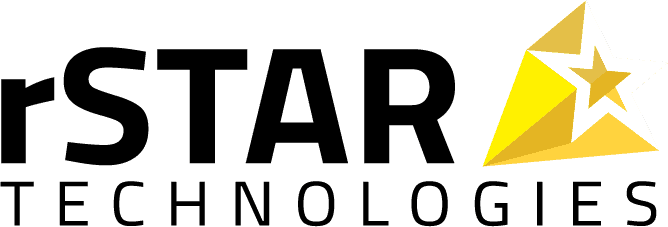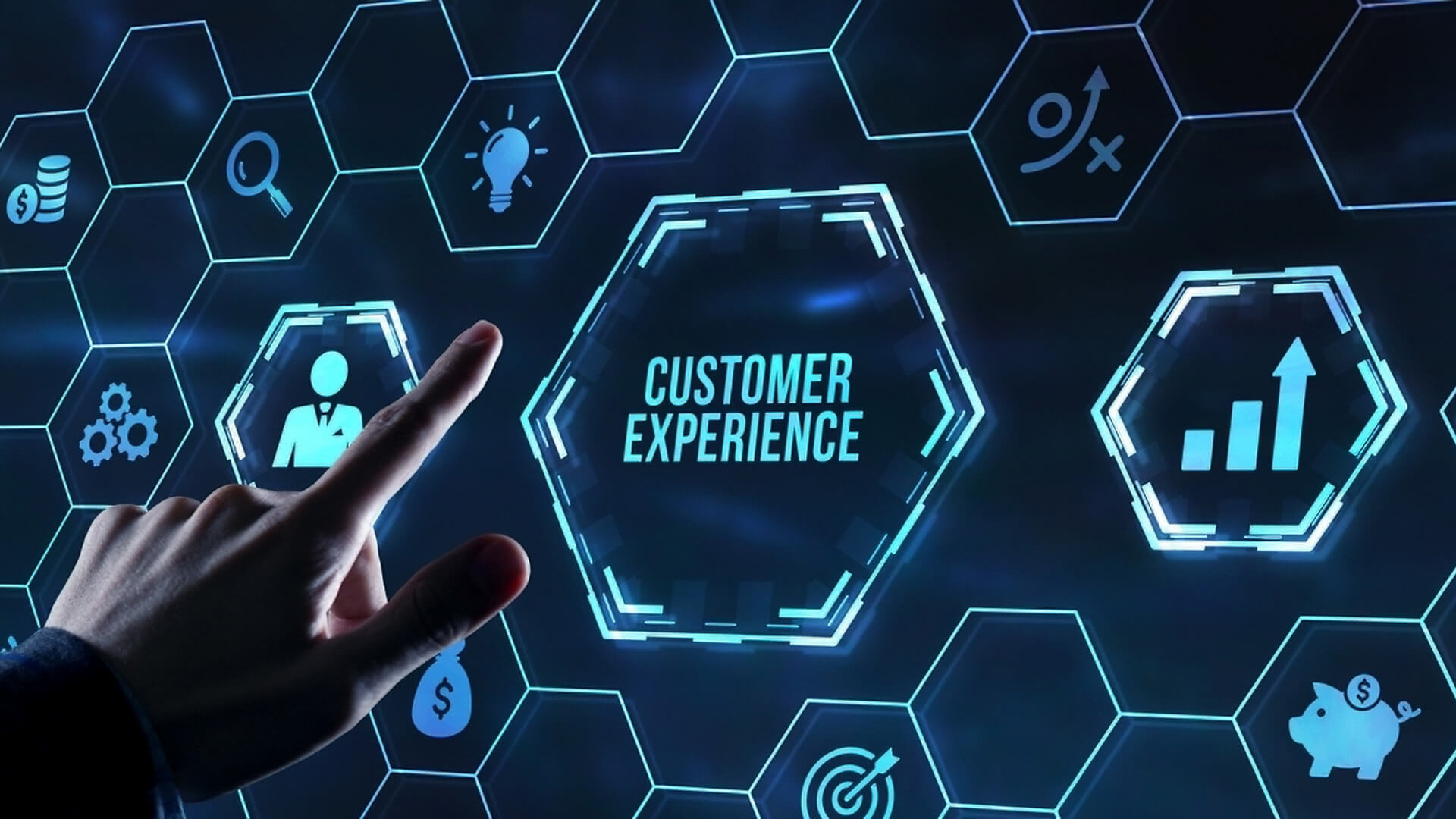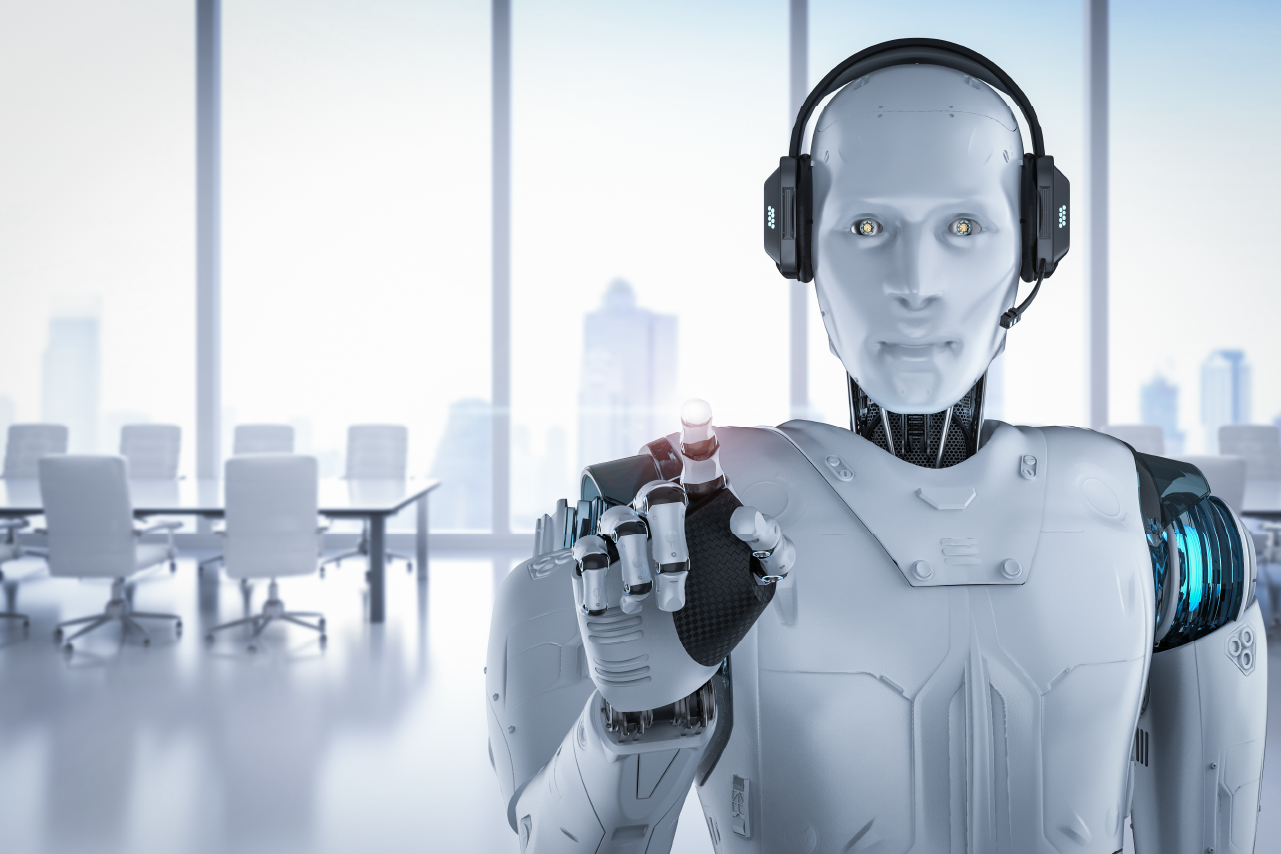A seamless customer experience (CX) ecosystem is essential for every organization that wants to exceed customers’ expectations and build lasting relationships. However, to deliver exceptional CX, companies must understand the customer experience ecosystem and how to create a seamless ecosystem for success.
Table of Contents
Understanding the Customer Experience Ecosystem
The customer experience ecosystem encompasses all the elements contributing to a customer’s overall experience with an organization. This includes employees, partners, internal systems and processes, customer-facing tools, marketing channels, and organizational culture. These work harmoniously to provide a unified and satisfying customer experience.
Key Components of a CX Ecosystem.
Customer Journey Mapping
A customer journey map is a critical component of the CX ecosystem as it determines how other components fit together. It involves visualizing a typical customer’s interaction with a company, from initial awareness to post-purchase support. Understanding the journey helps organizations identify pain points, optimize touchpoints, and provide a smoother and more intuitive experience by choosing the right employees, partners, tools, systems, and processes. The visualization includes everything from support agents and delivery partners to website UX, social media platforms, and operations management.
Integrated Data Management
Data management is at the core of any thriving CX ecosystem. An integrated approach to data management ensures that customer information is effectively collected, stored, retrieved, and used across all departments. Integrating CRM systems with other data sources, like ERP systems, helps a company gain a comprehensive view of each customer. This unified view connects effective communication, targeted marketing, and efficient issue resolution.
Omnichannel Experience
Customers expect a seamless experience across multiple channels – website, mobile app, social media, in-store interactions, etc. An omnichannel approach ensures customers receive consistent information and service across all touchpoints. For example, a customer starting a purchase on a mobile app should be able to complete it on a desktop without losing their progress or facing discrepancies.
Personalization and Predictive Analytics
Personalization is a critical aspect of a successful CX ecosystem. Companies leverage predictive analytics and AI to analyze customer data and predict future behaviors. This enables the companies to provide more relevant recommendations, targeted marketing, and proactive customer service.
Feedback and Continuous Improvement
Customer feedback is as invaluable as customer journey mapping when shaping and refining the CX ecosystem. Actively seek feedback through surveys, reviews, and direct interactions. The rich information helps understand customer needs, expectations, and trends as they evolve and continuously iterate and improve based on feedback.
AI-Driven Customer Service Solutions
GenAI and machine learning can enhance customer support through conversational chatbots, virtual assistants, and AI-powered analytics, thereby elevating the quality of the company’s CX ecosystem. These technologies can handle routine customer inquiries, provide instant responses, enhance sales enablement, and escalate complex issues to human agents. Adopt these AI solutions to offer faster, more efficient customer service, reduce costs, and improve customer satisfaction.
Cross-Functional Collaboration
A seamless CX ecosystem requires collaboration across all departments, from marketing and sales to operations, IT, and relevant company partners. Cross-functional teams must work together to ensure customer data flows freely across the organization, allowing for more cohesive decision-making and a unified approach to customer experience.
Integrated Supply Chain and Logistics Management
Efficient supply chain management ensures timely delivery, accurate inventory levels, and minimal disruptions, all impacting customer satisfaction. Integrating supply chain management systems with CRM and ERP platforms creates a seamless CX ecosystem. This helps companies to respond proactively to demand changes and ensure a smooth delivery process.
Security and Compliance
With increasing data privacy and security concerns, companies must ensure their CX ecosystem complies with industry regulations and data protection laws. Implementing robust security measures like encryption, access controls, and regular audits is essential for building customer trust and maintaining a secure CX ecosystem.
Workforce and Organizational Culture
While customers are the primary focus when creating a CX ecosystem, paying attention to the stakeholders who will interface with customers is crucial. Ensure employees and partners are well-equipped with knowledge and tools to provide excellent CX. In the same way, adopt and encourage customer-centric cultures across the company.
Enhancing the CX Ecosystem with Integrated Systems
The success of every CX ecosystem depends on three pillars — customers, employees, and operations. While companies find managing customers and employees relatively easy, many need help with the nitty-gritty of CX operations. To build a seamless CX ecosystem, companies must integrate various online and offline systems and tools. This phase can be a complex endeavor.
That’s where partnering with system integrators like rSTAR Technologies becomes invaluable, providing the expertise and solutions needed for successful integration. The role of system integrators in creating a seamless CX ecosystem and improving CX is manifold.
ERP and CRM Integration
Integrating ERP and CRM systems allows businesses to have a single data source for all customer-related information, from sales and orders to inventory and support. This integration provides a 360-degree view of the customer, enabling more streamlined processes and personalized interactions. For instance, a sales representative with access to ERP data can provide accurate delivery timelines and product availability information, improving customer satisfaction.
Unified Customer Communication Platforms
A CX systems integrator can also help businesses implement unified communication platforms that centralize all customer interactions across channels like email, phone, social media, chat, etc., into a single interface. This approach allows customer service teams to provide more consistent and informed responses, regardless of the channel a customer chooses to use.
Automating Customer-Centric Processes
Business automation is crucial and is another way system integrators can help companies create a seamless CX ecosystem. Organizations can leverage system integration solutions to automate customer-centric processes like order management, customer support, and marketing campaigns. These automations reduce manual effort, eliminate errors, and ensure customers receive timely and accurate responses.
Leveraging Data Analytics and AI Integrations
By integrating data analytics platforms and AI tools, systems integrators enable organizations to leverage customer data to drive insights and predictive models. These capabilities help companies better understand customer behavior, anticipate needs, and personalize experiences.
Ensuring Security and Compliance
Systems integrators can also help businesses implement robust security measures to protect customer data and ensure compliance with relevant regulations. Companies can build a secure and compliant CX ecosystem that fosters customer trust by integrating security protocols across all systems.
Create a Seamless CX Ecosystem to Gain a Competitive Edge
Creating a seamless customer experience ecosystem is crucial to building long-lasting customer relationships. By integrating key components, organizations can deliver consistent and personalized experiences across all touchpoints and improve competitiveness and profit margin. With an experienced systems integrator like rSTAR Technologies, companies can connect their systems and optimize their CX ecosystems for maximum efficiency, security, and customer satisfaction.
Frequently Asked Questions (FAQs) on Creating a Seamless Customer Experience Ecosystem
A customer experience ecosystem embraces all the systems, processes, and touchpoints contributing to a customer’s overall experience with a brand. It includes everything from customer service and marketing channels to data management and organizational culture.
AI can improve the CX ecosystem by enhancing predictive analytics, personalizing customer interactions, automating customer service, and offering data-driven insights to anticipate customer needs and preferences.
Some challenges include integrating disparate systems, ensuring data consistency, managing cross-functional collaboration, and maintaining data security and compliance across all channels and systems.
System integrators help businesses integrate different systems (ERP, CRM, etc) to create a unified CX ecosystem. They ensure smooth data flow, automate processes and implement security measures to improve efficiency and customer satisfaction.
Data security is crucial in building trust with customers. It ensures that customer information is protected and compliant with relevant regulations, reducing the risk of data breaches and enhancing the overall customer experience.
Contact us now to discuss how we can help you integrate your systems, optimize your CX ecosystem, and deliver long-lasting results.






